Blockchain technology is currently one of the most hyped technologies in the world and with it Solana and Ethereum.
Guess what?
It’s worth the hype!!!

It has penetrated nearly every market, bringing decentralized systems for improvements over centralized technologies.
As the smart contract and Defi space grow, many platforms compete for dominance.
Solana and Ethereum are layer one blockchains with differences in their design, consensus algorithms, security, etc.
Even though Ethereum existed long before Solana arrived, we regard them as their biggest competitor.
This article will provide you with a complete comparison of them and their architectures.
Solana vs. Ethereum: An Introduction
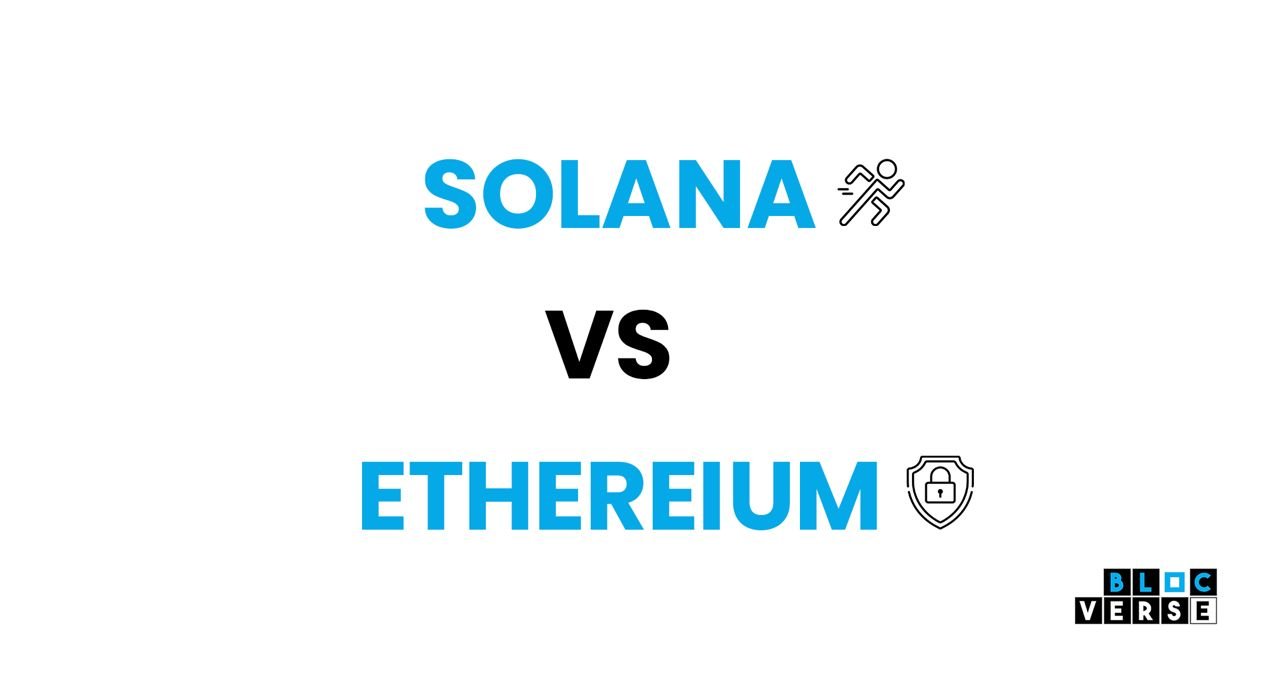
Ethereum is the oldest and most established intelligent contract platform and is home to all things decentralized finance (Defi). It has existed since July 2015.
Even though being the first mover came with its advantages, Ethereum’s architecture strains under the thousands of dApps built on top of it. This architecture shows that being the first isn’t always good.
Although times are changing and other blockchain technologies are emerging.
Solana has been attracting a growing community since its existence in March 2020 because of its architectural design built to accommodate a vast amount of decentralized applications and still scale further.
In this article, we will compare Solana and Ethereum in terms of:
- Consensus mechanism
- Scalability (Throughput)
- Security and downtime
- Decentralization
- Programing language
Consensus mechanism

Consensus mechanisms in blockchain are designed so the network can agree on the validity of a block in a decentralized fashion.
These mechanisms are critical to blockchain security because a successful consensus attack, which will mean taking control of at least 51% of the nodes, has a significant influence on the immutability and security of the ledger.
Ethereum
Ethereum uses a proof of work (PoW) consensus mechanism, which depends on miners. These miners maintain the network by running nodes.
It centered the whole concept behind the proof of work on the competition between miners to solve mathematical puzzles. The first miner to solve the problem adds a block of transactions to the blockchain, getting rewards.
Taking part in consensus depends on your nodes’ computational power and quantity. Individuals go as far as building server farms to participate in agreements and earn rewards, which causes large energy consumption, although highly secure.
With this observation, the network is currently amid a transition to Ethereum 2.0, which will use a Proof of Stake (PoS) mechanism and is currently undergoing extensive architectural design.
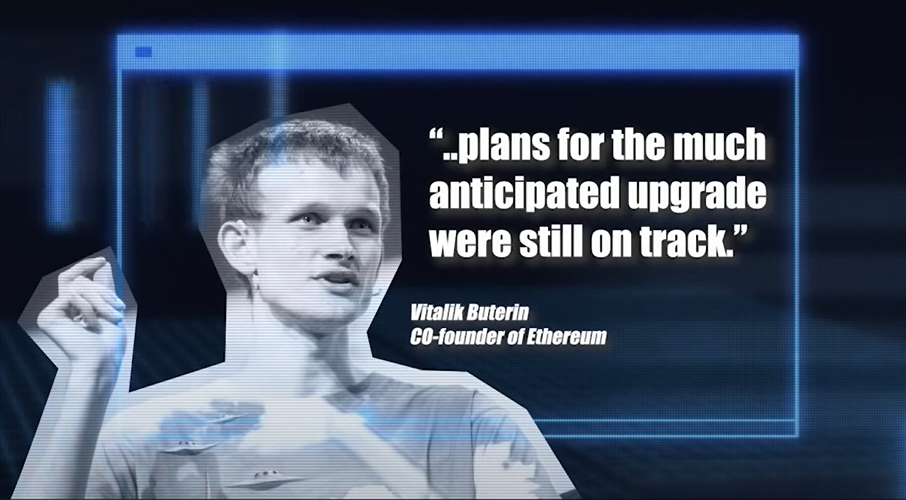
Solana
Uses the Proof of History (PoH) and Proof of Stake (PoS) consensus mechanisms.
The PoS mechanism requires validators responsible for maintaining the network and verifying transactions by running nodes.
The idea behind proof of stake is to allow Solana holders to stake their coins (sol) and run a validator node if a validator wants to participate in a consensus.
The more significant your stake, the bigger your rewards and the better your chances of verifying the next block. Staking makes it easier for individuals to take part in securing the network, promoting decentralization.
While the PoH mechanism helps to organize transactions into a sequence of computational steps that determine the time passage between two transactions cryptographically and adds timestamps to all transactions, tracking each one’s order, this is one factor that makes Solana highly scalable.
Scalability (Throughput)
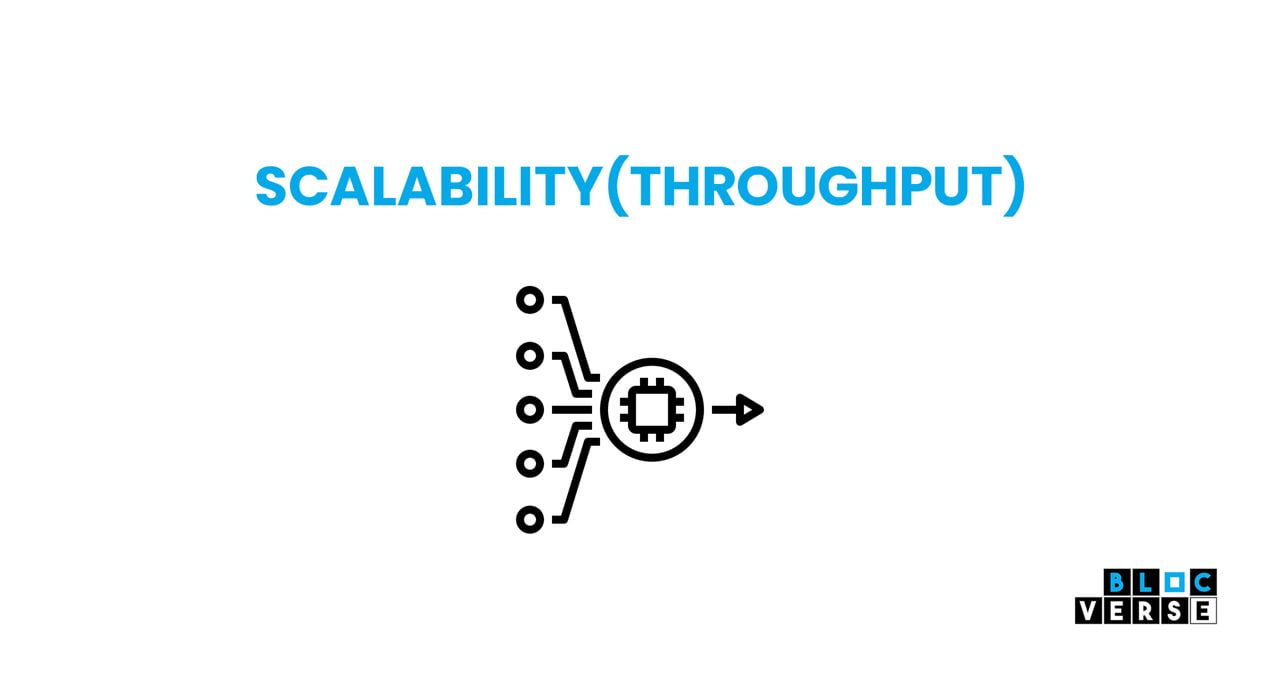
Solana
The scalability of Solana is impressive as it’s scalable at its base level, i.e., it does not require layer-two solutions to increase scalability.
The Turbine block propagation protocol is a critical blockchain component that aids in scalability. It aids in splitting data, making it easier to transfer over the network, and accommodating a vast number of nodes.
Also, Solana uses Tower Byzantine fault tolerance (TBFT). TBFT removes the need for nodes to communicate in real-time, improving the overall efficiency.
Thus, because of the PoH consensus, Solana can afford to be stateless, as transactions are timestamped, which ensures that it validates them in the correct sequence.
Keeping them in order eliminates consensus verification of the current state. This method helps to scale the network with a throughput of about 65,000 TPS.
Ethereum
Is one of the most used and popular blockchain platforms. Its difficulty in terms of scalability is that PoW requires time and energy to validate blocks.
Specifically, all nodes must reach a consensus to verify the current state of the blockchain, resulting in many individuals waiting for their transactions to be confirmed.
Therefore, the participant will either have to wait for a long time or pay a considerable fee for verification. Because of this, only a few transactions are processed every second, which can range from 13 to 15 TPS.
Layer-two scaling solutions help provide advanced scalability and throughput to compensate for the Ethereum blockchain’s lack of scaling features.
Security and Downtime

Ethereum
Ethereum’s security is tied to its consensus mechanism. Proof of work is more secure than other mechanisms like proof of stake, as it disincentivizes attacks on a crypto’s blockchain, making verifying transactions expensive.
In terms of downtime, even though the Ethereum network can become crowded, it never goes down, making it highly secure, and it’s one reason Ethereum has struggled to scale.
Solana
Solana is not as secure as Ethereum, as it uses the POS consensus mechanism, which is not as safe as Ethereum POW. The blockchain has also suffered several downtimes since its launch.
All the outages result from a Distributed Denial-of-Service (DDOS) attack. A DDOS attack happens when a malicious actor attempts to overwhelm a network.
This attack resulted in shut down for several hours, undermining the confidence of its investors.
Decentralization
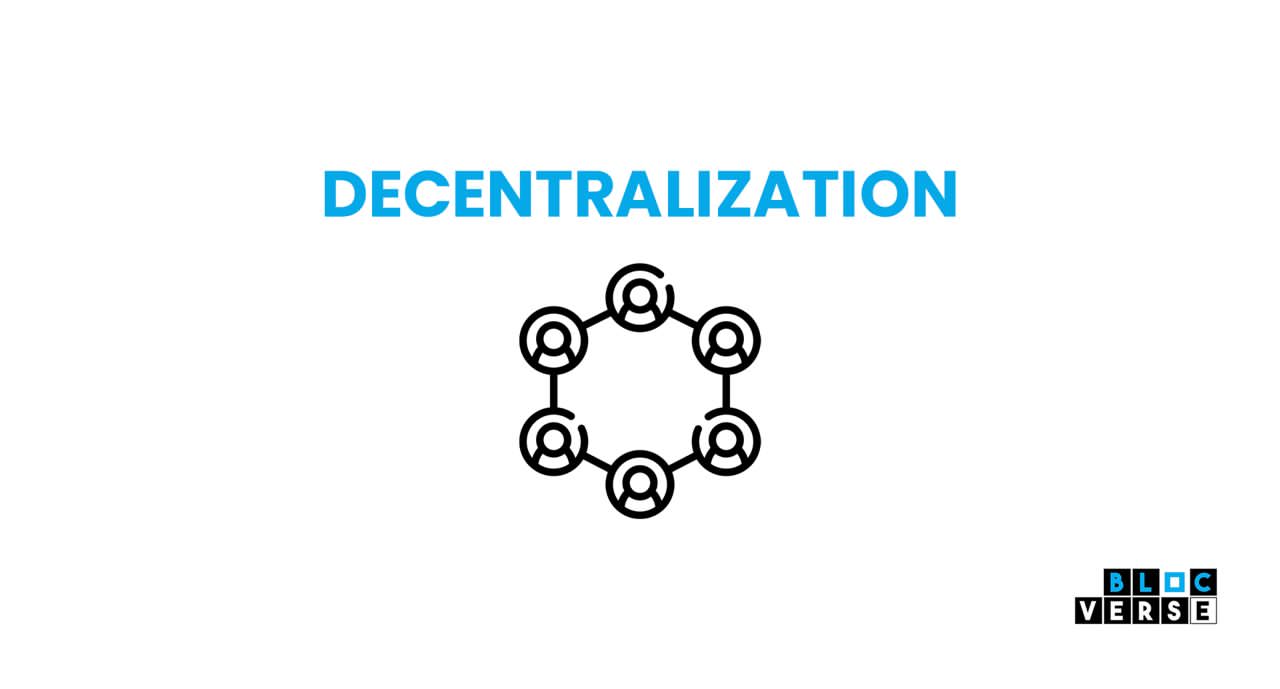
One of the guiding concepts of blockchain technology is decentralization.
The blockchain aims to create a system where a single person or group controls /influences the entire network.
This method protects against abuse of authority.
Ethereum
Ethereum’s proof of work consensus mechanism means trading off decentralization for security, which is not a bad thing as not all centralization is bad, and not all decentralization is good, as some may compromise the safety of the network.
The high security of Ethereum has enabled the ability for a vast amount of projects to build on the web, making it a mother for all things Defi.
Solana
Solana’s proof of stake makes it more decentralized because literally, everyone wins in the sense that no matter how little your stake is, you can still take part in consensus and earn rewards.
unlike Ethereum’s proof of work which is highly competitive and requires sophisticated hardware to take part in agreement and earn rewards.
Programming language
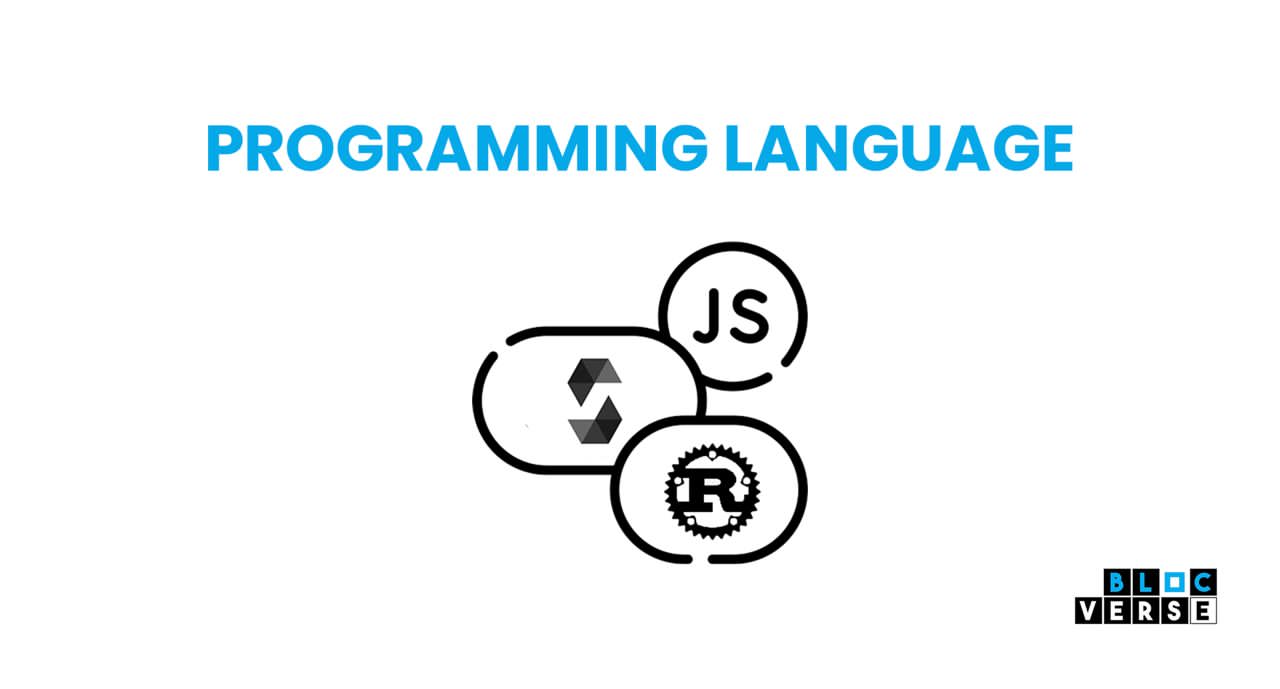
Developers can use innovative contract platforms to create programs on a decentralized blockchain network.
Each network node runs a virtual processor that executes instructions as they are added to the digital ledger.
Ethereum
Ethereum uses the custom-built Ethereum Virtual Machine (EVM), and its smart contracts are primarily written in Solidity language, which comprises JavaScript syntax, python, and C++ to write its contracts.
It Is the most popular blockchain platform for Defi and NFTs. Many Defi has built applications on top of Ethereum, using the Solidity programming language. Because of
Due to it’s popularity, other Layer 1 blockchains have wanted to imitate this success by allowing developers to port over their Solidity-based smart contracts.
So if you’re looking to learn smart contracts, solidity is an excellent place to start.
Solana
In contrast to Ethereum, Solana primarily uses more established languages like C, C++, and Rust to write its contracts.
Rust, however, has fewer blockchain-specific use cases currently. Thus, it is not a smart contract-specific language.
Many off-chain financial applications employ Rust.
Rust is gaining popularity and is another layer of one chain that uses the Rust programming language, including NEAR and Terra.
There are more rust developers than Solidity developers around the globe.
Also, it takes longer to learn Rust, as you’ll be required to familiarize yourself with the Rust syntax first.
Conclusion
Solana and Ethereum are two chains that you should look out for in blockchain.
While Solana is already lightning-fast and focuses more on scalability, it is occasionally affected by network outages.
Ethereum has been in operation for a while now and is straining.
Thus, all eyes are on The Merge, i.e., Ethereum 2.0, to see if it can effectively modernize and scale.


Awesome content. Very insightful